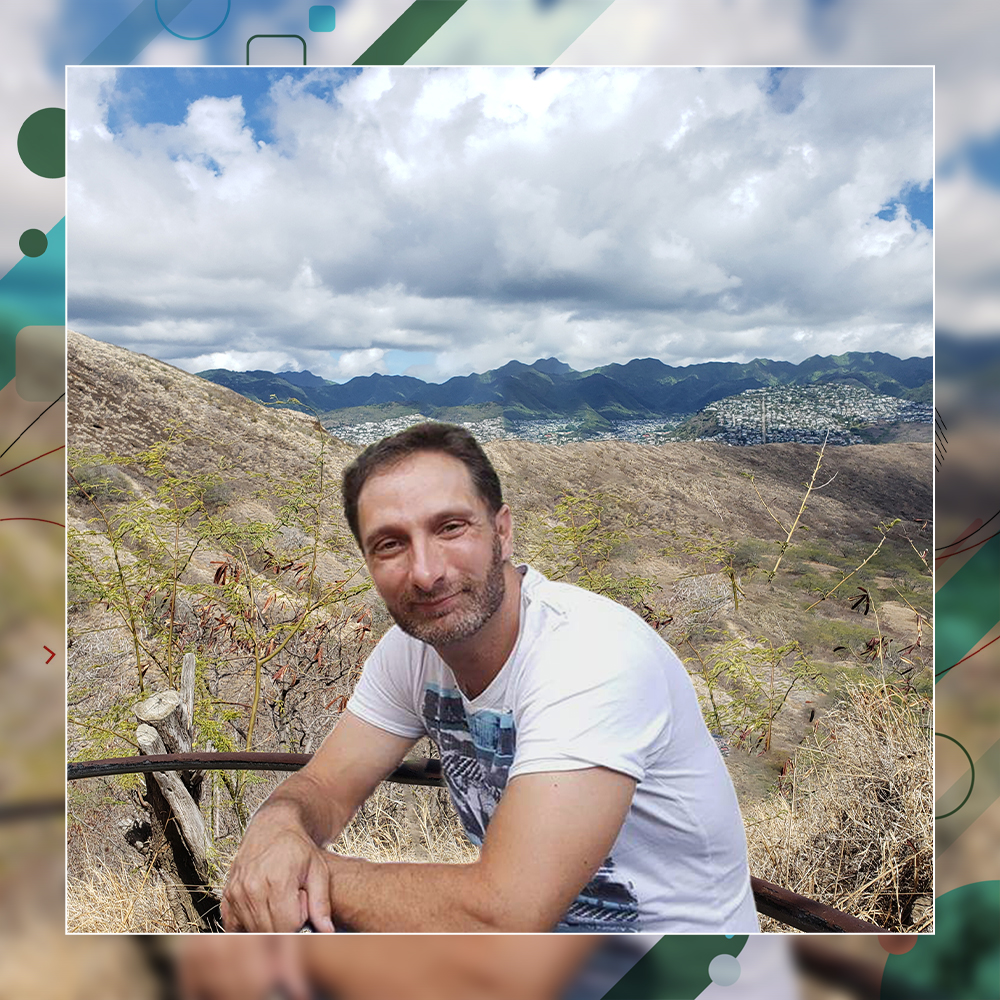
In the hustle of modern life, finding peace and solace can be a challenge. Amidst this chaos, therapeutic gardens have emerged as sanctuaries offering respite and healing. These gardens, steeped in the art and science of horticulture, are more than just visually appealing spaces. Their meticulously designed environments foster health, wellness, and emotional healing. This article delves into the heartwarming stories and transformative experiences emanating from therapeutic gardens worldwide, showcasing nature’s profound impact on human well-being.
The Concept of Therapeutic Gardens
Therapeutic gardens are specially designed landscapes that aim to provide a calming and therapeutic environment for people suffering from various ailments, be they physical, mental, or emotional. These gardens are often part of hospitals, rehabilitation centers, nursing homes, and other healthcare facilities. They are characterized by their accessible design, incorporating serene water features, comfortable seating, sensory-oriented plants, and tranquil walkways to support healing and reflection.
Stories of Healing and Hope
Veterans’ Recovery Through Gardening
One of the most impactful stories comes from a veteran’s hospital, where a therapeutic garden has been instrumental in aiding soldiers’ recovery from post-traumatic stress disorder (PTSD). In this garden, veterans participate in gardening activities as therapy. The process of planting, nurturing, and watching plants grow has helped many of them find a sense of purpose and tranquility, significantly easing their PTSD symptoms.
Elderly and Memory Care
Therapeutic gardens have also shown remarkable benefits in elderly care, particularly for individuals with dementia and Alzheimer’s. A memory care home integrated a therapeutic garden into its treatment program, observing remarkable improvements in residents’ mood and cognitive function. The sensory stimulation from the garden’s plants, combined with the physical activity of walking and light gardening, has helped enhance memory retention and provide residents with a comforting, familiar environment.
Children’s Therapeutic Play Gardens
Another inspiring application of therapeutic gardens is in pediatric healthcare. A children’s hospital created a play garden where young patients can engage with nature. With its interactive elements like butterfly gardens, musical instruments, and playful sculptures, this garden offers a joyful escape for children undergoing treatment, aiding their emotional and physical recovery.
The Science Behind the Healing
The healing power of therapeutic gardens is backed by science. Studies have shown that exposure to natural environments can lower blood pressure. Reduce stress hormone levels and boost the immune system. Gardening is therapeutic, providing physical exercise, enhancing fine motor skills, and promoting relaxation. For many, these gardens offer a sense of accomplishment and connection to the cycle of life, fostering positive emotions and mental clarity.
Designing for Wellness
Creating a therapeutic garden requires a deep understanding of horticulture and human psychology. Landscape architects and therapists often collaborate to design these spaces, ensuring they meet the specific needs of their users. Key considerations include plant selection for sensory stimulation. Straightforward navigability for those with physical limitations and spaces for social interaction and solitary contemplation.
Community and Connection
Beyond individual healing, therapeutic gardens also play a vital role in fostering community and social connections. They are spaces where people can come together, share experiences, and support each other. Many gardens also involve community volunteers, creating a sense of ownership and collective responsibility for the well-being of all visitors.
Nature’s Embrace in Healing
Therapeutic gardens are a testament to the timeless bond between humans and nature. They remind us of the restorative power of the natural world and its profound impact on our health and happiness. As we continue to navigate the complexities of modern life. These gardens offer a sanctuary of peace and healing. A place where we can reconnect with nature and, in turn, with ourselves. In every bloom and every leaf, there lies a story of recovery, resilience, and hope – a reminder of the endless capacity of nature to nurture and heal.